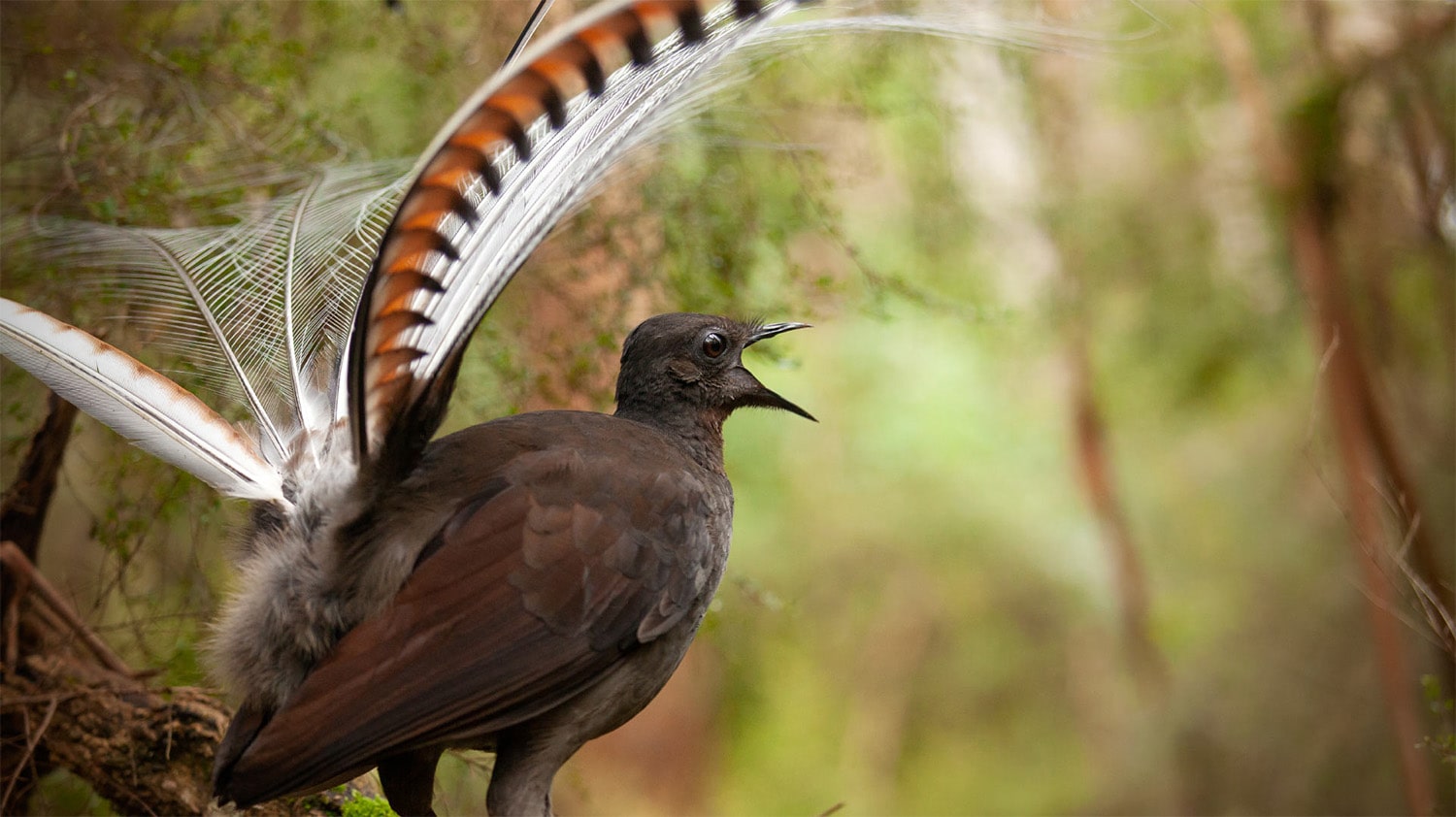
32 interesting facts about lyrebirds
- 👁️ 219
Lyrebirds are one of the most fascinating birds in the avian world, known for their incredible ability to mimic natural and artificial sounds from their environment. Native to Australia, these ground-dwelling birds are named for the male’s tail feathers, which resemble a lyre, an ancient musical instrument. Lyrebirds live in the forests of southeastern Australia, where they play a vital role in the ecosystem by dispersing seeds and aiding in the control of insect populations. Despite their shy nature, lyrebirds have captured the imagination of people worldwide, thanks to their extraordinary vocal abilities and unique appearance. Here are 32 interesting and informative facts about lyrebirds that showcase their uniqueness.
- There are two species of lyrebirds: the Superb Lyrebird and the Albert’s Lyrebird.
- The Superb Lyrebird’s tail, when fanned out during courtship displays, resembles a lyre, giving the bird its name.
- Lyrebirds are among the world’s largest songbirds.
- A lyrebird’s song is a complex mix of its own calls, other birds’ songs, and environmental sounds.
- They can mimic artificial sounds, such as chainsaws, camera shutters, and car alarms.
- Male lyrebirds use their elaborate songs and dances to attract mates.
- The Superb Lyrebird’s tail can have up to 16 individual feathers, including two long, decorative lyre-shaped feathers.
- Albert’s Lyrebird is smaller than the Superb Lyrebird and has a less elaborate tail.
- Lyrebirds are ground-dwelling birds but can fly short distances.
- Their diet consists mainly of insects, spiders, and occasionally seeds and small vertebrates.
- Lyrebirds have powerful legs for digging through leaf litter in search of food.
- Females build dome-shaped nests on the ground, where they lay a single egg.
- The incubation period for a lyrebird egg is about 50 days, longer than most other birds.
- Young lyrebirds stay with their mothers for up to 10 months.
- Lyrebirds are capable of moving up to 200 tonnes of soil annually through their foraging.
- They play a critical role in forest regeneration and soil health.
- Lyrebirds are most active during dawn and dusk.
- Their mimicking abilities are not innate; young lyrebirds learn sounds from their parents and surroundings.
- The Superb Lyrebird’s song can last up to 30 minutes.
- Lyrebirds can mimic the calls of over 20 different bird species.
- They are solitary birds outside of the breeding season.
- Lyrebirds have been known to live for up to 30 years in the wild.
- Their main predators include foxes, feral cats, and birds of prey.
- The breeding season for lyrebirds is from May to August.
- Lyrebirds have excellent memory for sounds and can recall and reproduce them years later.
- The oldest fossil records of lyrebirds date back 15 million years.
- Despite their wings, lyrebirds spend most of their time on the forest floor.
- Lyrebird feathers are not waterproof but they have a unique oil gland for preening.
- They use their tail feathers for communication and to display dominance.
- Lyrebirds can increase the volume of their call by shaping the surrounding environment, often using leaves and rocks as natural amplifiers.
- The Superb Lyrebird was featured on the reverse side of the Australian 10-cent coin.
- Conservation efforts are in place to protect their habitat from deforestation and bushfires.
Lyrebirds are a testament to nature’s complexity and beauty, blending remarkable vocal talents with intriguing behaviors. Their ability to mimic sounds is not just an auditory delight but also a reminder of the interconnectedness of ecosystems. These birds not only contribute to the biodiversity of their habitats but also enchant those lucky enough to witness their performances. As symbols of Australia’s rich natural heritage, lyrebirds remind us of the importance of conserving the natural world for future generations to enjoy.
Lyrebirds are one of the most fascinating birds in the avian world, known for their incredible ability to mimic natural and artificial sounds from their environment. Native to Australia, these ground-dwelling birds are named for the male’s tail feathers, which resemble a lyre, an ancient musical instrument. Lyrebirds live in…